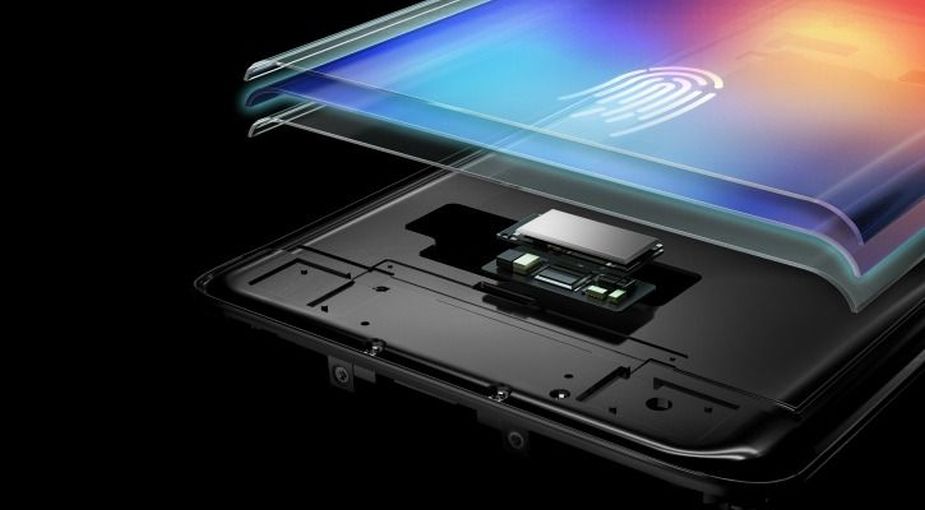Previous reports have claimed that the Galaxy Note 9 that is expected to launch around August this year will be Samsung’s first phone with in-screen fingerprint reader. However, fresh information coming from South Korea states that instead of Note 9, Samsung will be launching the Galaxy S10 as its phone with the advanced biometric recognition feature.
According to South Korea’s Chosun, Samsung had tried to introduce Fingerprint on Display (FOD) on Galaxy S8 last year. However, since it has been encountering technical difficulties, it is yet to launch a phone with FOD. Meanwhile, Chinese manufacturers such as Vivo and Huawei have already launched phones with FOD. One should be aware of the fact that unlike these Chinese smartphones OEMs that have partnered with third-party FOD suppliers, Samsung is building its own under-display fingerprint scanner.
FOD technology can be categorized into optical, capacitive and ultrasonic technologies. The Chinese smartphone OEMs have used optical FOD sensors from third-party companies like Synaptics and Goodix. The optical FOD sensors works by emitting light to scan the surface of the finger and match it with the stored fingerprint data. This technology is easy to implement but offers poor accuracy.
The under-display fingerprint scanner available on the Vivo X20 Plus UD works slower than the conventional fingerprint reader. The Huawei Mate RS features an under-display fingerprint scanner as well as a rear-mounted fingerprint reader. The probable reason why Huawei added another regular fingerprint scanner on the Mate RS could be that its in-display fingerprint scanner may not 100 percent reliable.

Samsung, Qualcomm and Apple are reportedly developing ultrasonic FOD sensors that can capture the minute details of the surface of the finger using ultrasound. It is highly accurate and durable, but it is expensive to produce. Also, the yield of mass production is low. It also requires much time for improving its accuracy.
Samsung will be not only using the under-display fingerprint scanner on its upcoming flagship smartphones starting from the Galaxy S10, but also it is expected to use it other departments such as home appliances, automobiles and IoT in the near future. Since the South Korean company is reportedly planning to use in-screen fingerprint scanner in multiple products, it could be waiting to implement it only when it is completely ready.







